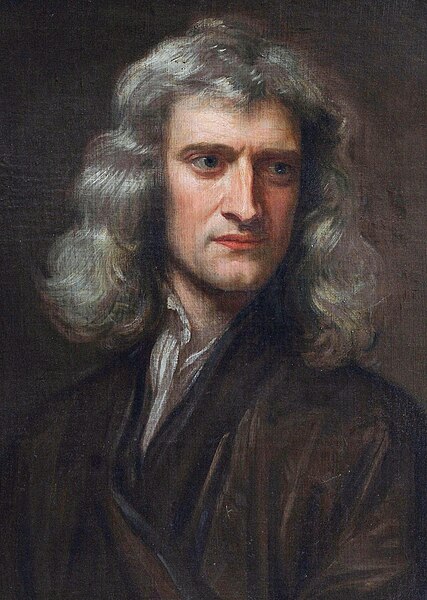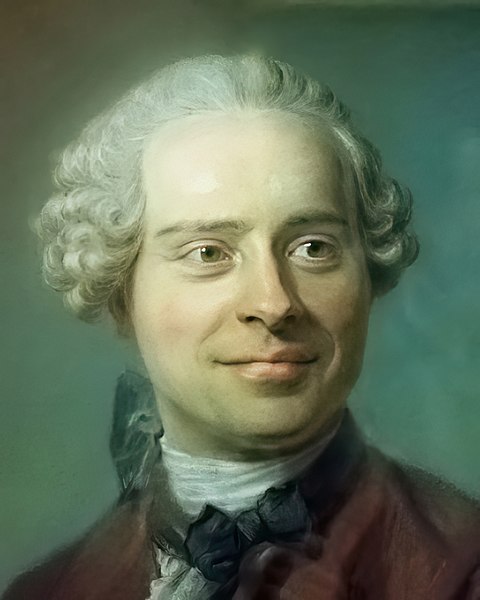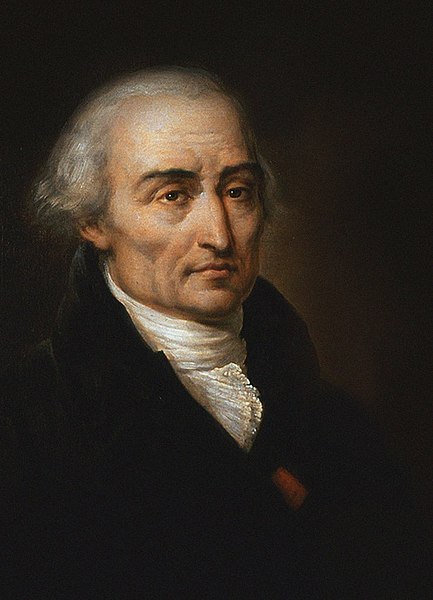In physics, Lagrangian mechanics is a formulation of classical mechanics founded on the stationary-action principle. It was introduced by the Italian-French mathematician and astronomer Joseph-Louis Lagrange in his presentation to the Turin Academy of Science in 1760 culminating in his 1788 grand opus, Mécanique analytique.
Joseph-Louis Lagrange (1736–1813)
Isaac Newton (1642—1727)
Jean d'Alembert (1717—1783)
Classical mechanics is a physical theory describing the motion of objects such as projectiles, parts of machinery, spacecraft, planets, stars, and galaxies. The development of classical mechanics involved substantial change in the methods and philosophy of physics. The qualifier classical distinguishes this type of mechanics from physics developed after the revolutions in physics of the early 20th century, all of which revealed limitations in classical mechanics.
Sir Isaac Newton (1643–1727), an influential figure in the history of physics and whose three laws of motion form the basis of classical mechanics
Lagrange's contribution was realising Newton's ideas in the language of modern mathematics, now called Lagrangian mechanics.
Hamilton developed an alternative to Lagrangian mechanics now called Hamiltonian mechanics.






